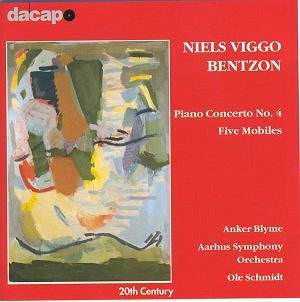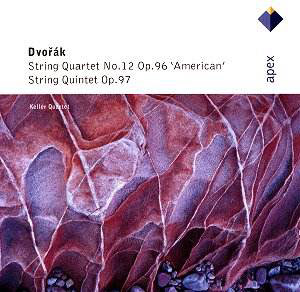 Composer: Georg Friedrich Handel
Composer: Georg Friedrich Handel
Works: Messiah
Performers: Lynn Dawson, soprano; Guillaumette Laurens, mezzo-soprano; Charles Daniels, tenor; Antonio Abete, bass; Coro della Radio Svizzera; I Barocchisti; Duilio Falfetti, leader; Diego Fasolis, conductor
Recording: June 2000, Chiesa di San Nicolao, Lugano, Switzerland
Label: ARTS 47627-2
Handel’s Messiah, an oratorio first performed in 1742, has endured as a cornerstone of the choral repertoire, celebrated not only for its profound theological narrative but also for its remarkable musical architecture. Each performance invites scrutiny, particularly in how it navigates the historical context of its creation and the interpretative choices made by its performers. The present recording, featuring a cast of accomplished soloists and the period-instrument ensemble I Barocchisti under the direction of Diego Fasolis, arrives in a crowded field of renditions, raising the question of its distinctiveness amidst the myriad offerings.
The performance reveals a tension between the work’s dramatic potential and the singers’ interpretations. A pervasive sense of anxiety permeates the soloists’ delivery; the affliction of “vibritis” noted in previous critiques is indeed palpable here. For instance, Guillaumette Laurens’s rendition of “He was despised” lacks the gravitas and clarity essential for the aria’s emotional weight. The wavering tone detracts from the poignant text, leaving the listener yearning for a more assertive vocal presence that could convey the depth of rejection articulated in Handel’s score. The tenor Charles Daniels fares somewhat better in “Comfort ye,” where his phrasing exhibits a lyrical beauty; however, even he succumbs to moments of excessive ornamentation that dilute the aria’s directness.
The choir, on the other hand, emerges as a beacon of vitality within this recording. The choral movements, particularly those at the outset of Part II, exhibit a commendable energy and cohesion. Their execution embodies a rich textural interplay, with moments like the “Hallelujah” chorus rendered with both power and delicacy. The blend of voices is commendable, showcasing a robust yet nuanced dynamic range that is often the hallmark of historically informed performances. The string playing, led by Duilio Falfetti, resonates with a vibrant authenticity, though the overall orchestral contribution sometimes feels overshadowed by the soloists’ faltering interpretations.
Recording quality is consistently high, capturing the resonance of the Chiesa di San Nicolao effectively. The acoustics of the church complement the orchestra’s sonority, allowing for a warm sound that enhances the choral textures. However, despite the commendable engineering, the interpretative shortcomings of the soloists ultimately hinder the recording from achieving a memorable impact.
In a landscape saturated with interpretations of Messiah, this recording, while not devoid of merit, struggles to distinguish itself significantly. The choral strengths provide a satisfying experience, yet the soloists’ performances fail to rise to the occasion, leaving one to ponder the necessity of yet another rendition of this quintessential work. The listener is left with the impression that while the choral segments provide moments of brightness, they are not enough to elevate the overall performance from the shadows of more compelling recordings that have graced the canon.



